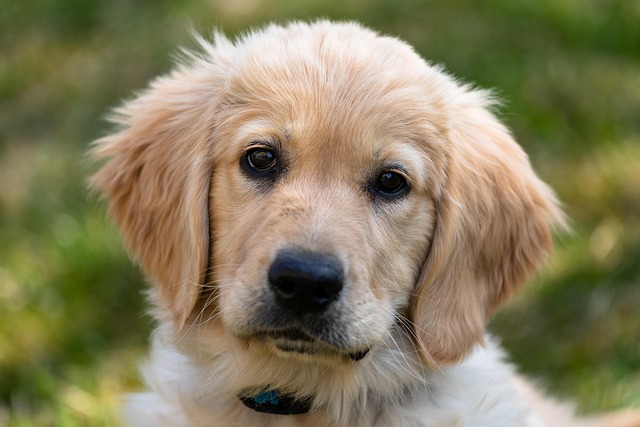
How to use a clipper to beautify my dog at home
I knelt with my friend Sarah in her Austin, Texas apartment living room last weekend, her 1-year-old Poodle mix, Gus, hiding under the couch as she held up a set of clippers
Many new pet parents assume short haired dogs need little to no grooming—after all, their coats don’t look as “high-maintenance” as long haired breeds. But that’s a common myth: even pups with sleek fur need regular care to keep their skin healthy and reduce shedding around your home. The key is figuring out a schedule that fits their needs without turning grooming into a stressful chore.
Short haired dogs typically thrive with a weekly brush, but this can shift based on their activity level. Breeds like Beagles or Boxers, which love outdoor walks, may need brushing twice a week to remove dirt, grass, or loose fur that could irritate their skin. Use a soft-bristle brush or a rubber grooming mitt—these tools are gentle on their coat and feel like a massage, turning grooming into a positive bonding moment instead of something to dread.
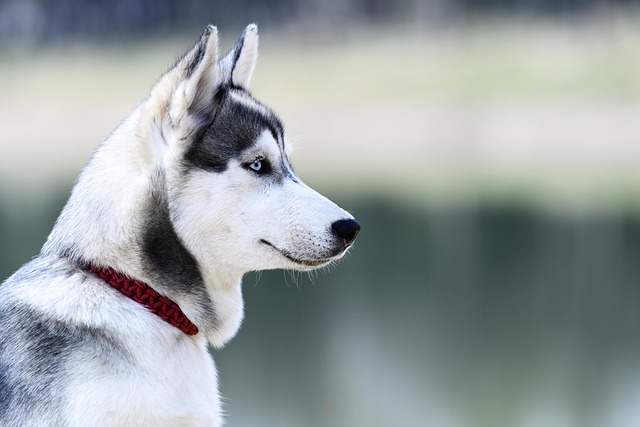 Bathing is less frequent for short haired dogs—usually every 4-6 weeks is enough, unless they roll in something particularly messy. Over-bathing strips their skin of natural oils, leading to dryness or itching. When you do bathe them, use a dog-specific shampoo (human products are too harsh) and make sure to rinse thoroughly. This is also a good time to check for ticks or fleas, especially if you spend time in wooded areas or community parks—just remember to clean up after your pup there to follow local norms.
Bathing is less frequent for short haired dogs—usually every 4-6 weeks is enough, unless they roll in something particularly messy. Over-bathing strips their skin of natural oils, leading to dryness or itching. When you do bathe them, use a dog-specific shampoo (human products are too harsh) and make sure to rinse thoroughly. This is also a good time to check for ticks or fleas, especially if you spend time in wooded areas or community parks—just remember to clean up after your pup there to follow local norms.
Nail trims are non-negotiable, even for short haired breeds. Long nails can cause pain when walking and even lead to joint issues over time. Aim to trim their nails every 2-3 weeks—if you hear them clicking on hard floors, that’s a sign they’re too long. Use dog nail clippers with a guard to avoid cutting the quick, and reward them with a treat afterward to reinforce good behavior. Positive reinforcement like this aligns with best practices for pet care, as punishment only creates fear around routine tasks.
While short haired dogs don’t need the same intense grooming as long haired ones, consistency is key. Regular brushing and nail trims keep them comfortable, and these sessions also let you spot early signs of skin issues or parasites. Pair this with routine vet visits—including staying up-to-date on required vaccines—and you’ll keep your short haired pup happy, healthy, and looking their best. Grooming isn’t just about appearance; it’s part of being a responsible pet parent.

I knelt with my friend Sarah in her Austin, Texas apartment living room last weekend, her 1-year-old Poodle mix, Gus, hiding under the couch as she held up a set of clippers
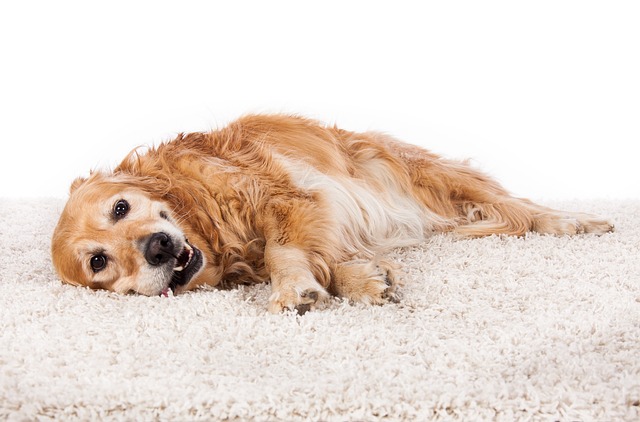
I sat with my friend Elena in her Seattle apartment bathroom last weekend, her 8-month-old Golden Retriever, Cooper, cowering behind the toilet as she held up a slicker brush.
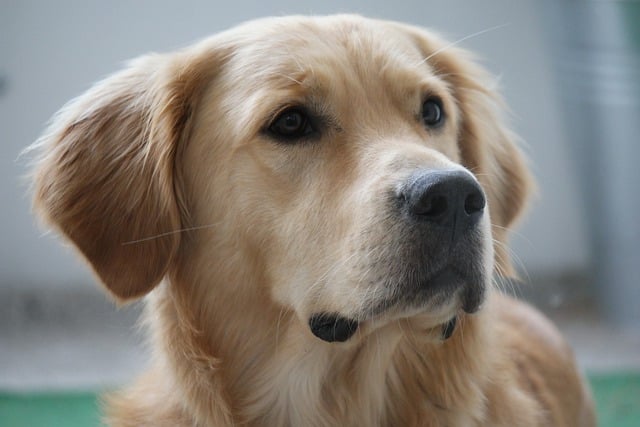
I knelt with my friend Mia in her upstate New York kitchen last weekend, her 1-year-old Bichon Frise, Lola, squirming in her lap as Mia held a flashlight to Lola’s left eyelid.
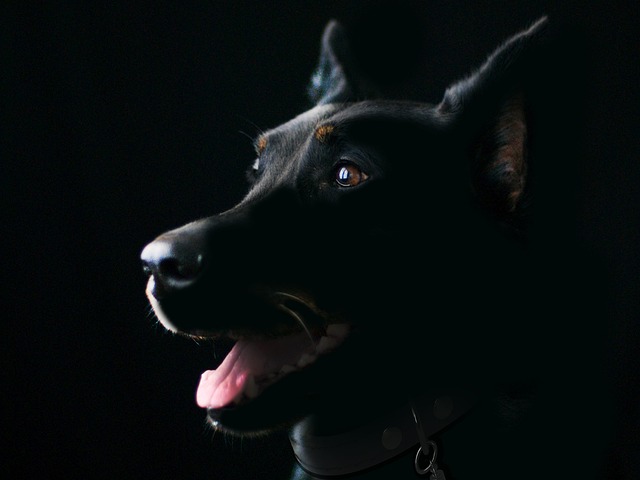
Most pet parents notice little signs first—maybe your dog turns away when you try to brush their teeth, or their breath smells stronger than usual after playtime.
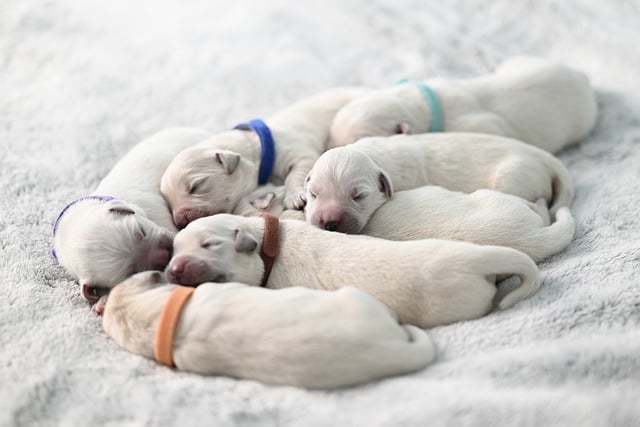
I knelt with my friend Lila in her Massachusetts suburban backyard last weekend, her 3-year-old German Shepherd, Koda

If your dog is constantly scratching, chewing their paws, or getting recurrent ear infections, you’re probably wondering what’s triggering all this discomfort.